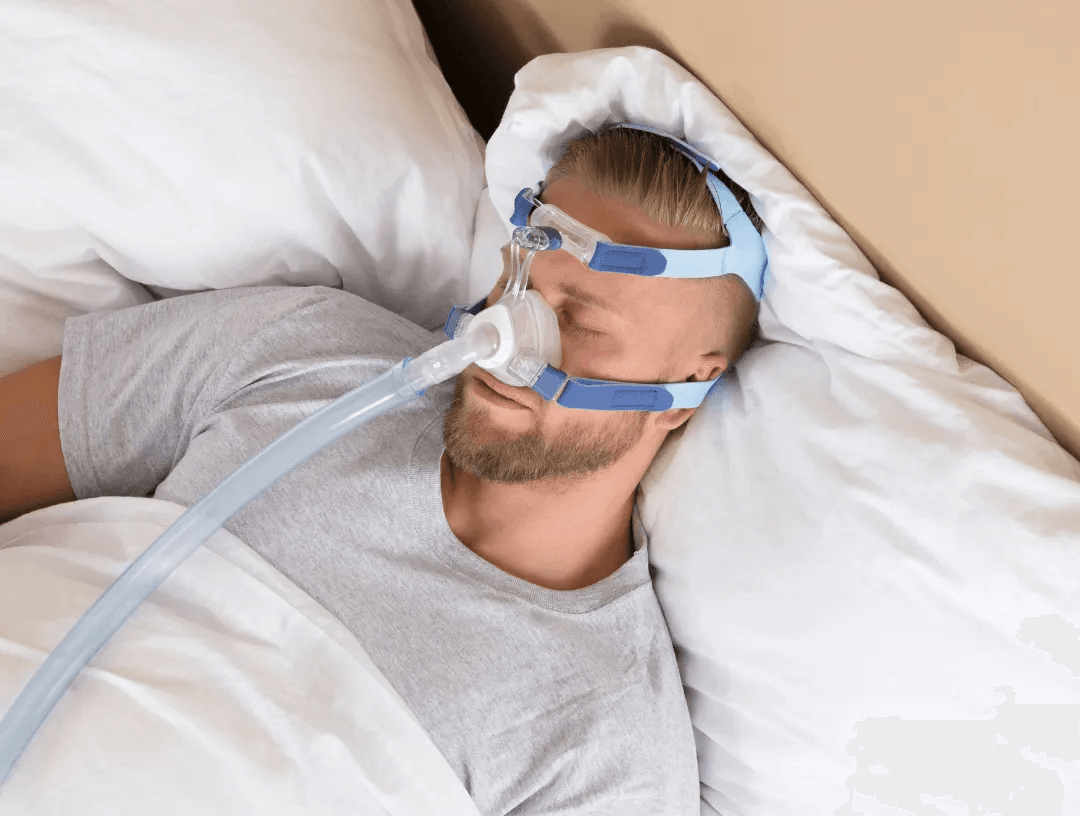CPAP Treatment
Each patient we see is very different with their own needs and medical history. That means each treatment should be different as well. There are different “PAP” machines available to patients with different needs- CPAP, BiPAP and Servo-Ventilation.
CPAP Treatment
Continuous Positive Airway Pressure (CPAP) is the most effective nonsurgical treatment for obstructive sleep apnea. It is the first treatment choice and the most widely used. CPAP treats sleep apnea by providing a gentle flow of positive pressure air through a mask, which is connected to a pump, that increases air pressure in your throat so that your airway does not collapse when you breathe in. By using CPAP, a person’s breathing becomes regular, snoring stops, and restful sleep is restored.
The amount of time that it takes a person to begin feeling rested using CPAP varies from person to person but can occur within 3 to 4 weeks. CPAP should be used whenever you are asleep, including naps.
BiPAP Treatment
Bilevel devices can provide therapy to sleep apnea patients as well. Those that find breathing to be difficult using CPAP therapy may find the Bilevel devices easier to sleep with.
BiLevel therapy works by delivering two different levels of positive air pressure to the patient. The first is a higher level of pressure when you breathe in and the second is a lower pressure when you breathe out. This lower level makes it easier for people with pulmonary problems to breathe with the machine and get accustomed to the therapy.
Although both are non-invasive, Bilevel and CPAP therapy differ in two significant ways:
- Bilevel devices deliver two levels of air pressure that are set to coincide with the patient’s inspiratory and expiratory efforts
- Bilevel therapy can be used to treat conditions other than sleep apnea (OSA) and is the first line of treatment for a wide-range of respiratory disorders
*Bilevel therapy is not typically prescribed for OSA patients; however, OSA patients who require high treatment pressures or have another respiratory condition are often candidates for bilevel therapy.
Servo-Ventilation
VPAP Adapt SV™ is an adaptive servo-ventilator designed specifically to treat central sleep apnea (CSA) in all its forms, including complex and mixed sleep apnea. Unlike conventional sleep-disordered breathing therapies such as CPAP, adaptive servo-ventilation treats complex sleep apnea syndrome and central sleep apnea. It also normalizes breathing, completely suppressing CSA and/or Cheyne-Stokes respiration.
Many patients who suffer from heart failure feel much relief from this therapy because they suffer from Central Sleep Apnea and/or Cheyne-Stokes respiration. These patients may have a difficult time tolerating CPAP and BiPAP. This machine gives the patient support with a higher pressure when they have an apnea and reduces pressure when the patient does not need the help.
Compliance
The majority of people who use CPAP find immediate symptom relief and are delighted with their increased energy and mental sharpness during the day. Many patients have said, “CPAP changed my life!” But some patients find CPAP masks uncomfortable, even though it may control their sleep apnea. Many need extra assistance to get a mask that fits correctly. Side effects are usually mild and temporary, and include nasal congestion, sore eyes, headaches and abdominal bloating. Many people get used to CPAP over two-to-twelve weeks.
There are several things you can do to start getting used to wearing a CPAP. You should practice wearing the mask with the machine on for 20 to 30 minutes during the day while relaxing, watching television or listening to music. Most CPAP devices have a feature called ramp. When you use the ramp feature your CPAP pressure will start at lower setting and gently move up to your prescribe pressure over a set time. Set goals for yourself and progressively increase the number of hour’s usage per night.
CPAP also provides a benefit for bed partners. Many bed partners are driven away from the bedroom due to the harsh sounds of snoring and apnea, but CPAP silences these noises and the partner comes back to the bedroom.
Follow-up is the most important factor in patient compliance. Health professionals have advanced technology and compliance reporting tools available that allow them to help patients with CPAP treatment soon after they begin making use of it. These methods complement compliance when coupled with patient education and a positive first experience with CPAP.


